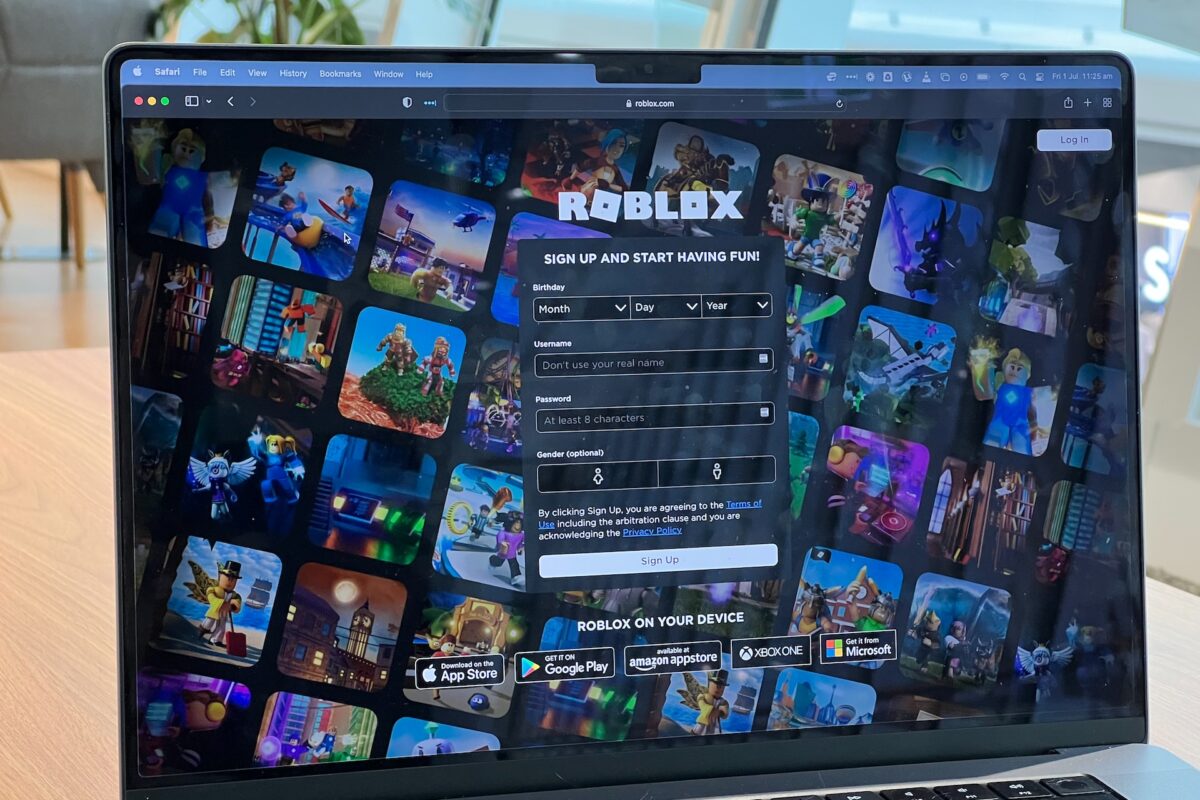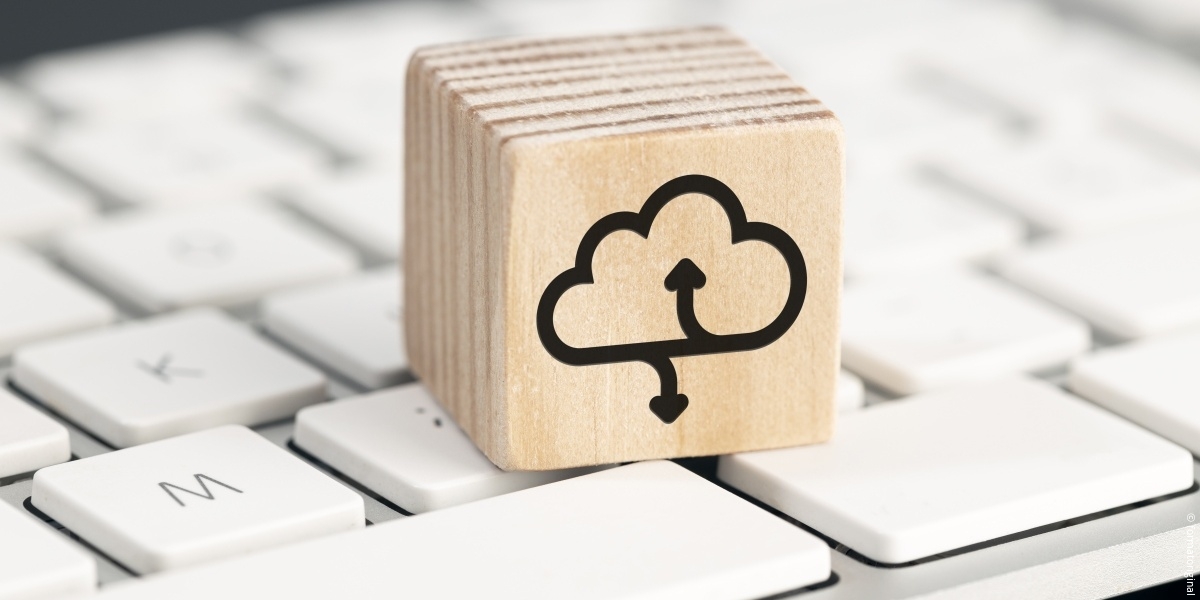Online reviews, customer service calls, press releases, news articles, marketing communications, and other interactions create a wealth of textual data.
Researchers from University of Pennsylvania, Northwestern University, University of Maryland, Columbia University, and Emory University published a new article in the Journal of Marketing that provides an overview of automated textual analysis and describes how it can be harnessed to generate marketing insights.
The study, forthcoming in the January issue of the Journal of Marketing, is titled “Uniting the Tribes: Using Text for Marketing Insights” and authored by Jonah Berger, Ashlee Humphreys, Wendy Moe, Oded Netzer, and David Schweidel.
Online reviews, customer service calls, press releases, news articles, marketing communications, and other interactions create a wealth of textual data companies can analyze to optimize services and develop new products. By some estimates, 80-95% of all business data is unstructured, with most of that being text. This text has the potential to provide critical insights about its producers, including individuals’ identities, their relationships, their goals, and how they display key attitudes and behaviors. This text can be aggregated to create insights about organizations and social institutions and how attitudes vary over cultural contexts, demographics, groups, and time.
Berger explains that “The digitization of information has made a wealth of textual data readily available. But by itself, all this data is just that. Data. For data to be useful, researchers have to be able to extract underlying insight–to measure, track, understand, and interpret the causes and consequences of marketplace behavior.”
But how can marketers do that? The research team explains how researchers and managers can use text to better understand the individuals and organizations who produce the text. The article also explores how the content of text affects various audiences. For example, how consumers may be influenced to change their behaviors or brands influenced to attend to issues raised by consumers depends in large part on the content of text. Moe adds that “Automated text analysis opens the black-box of interactions, allowing researchers to directly access what is being said and how it is said in marketplace communication.”
Given the volume of text data available, automated text analysis methods are critical, but need to be handled carefully. Researchers should avoid over-fitting and weigh the importance of features to glean and use the right predictors from text. Thus, this article also provides an overview of the methodologies and metrics used in text analysis, providing a set of guidelines and procedures for marketing researchers and marketing scholars. Understanding these methods help us understand how text is used and processed. For example, virtual assistants are currently under scrutiny for the fact that humans are listening to the audio recordings. However, this process is necessary to train the machines used for automated text analysis.
The goal of this article is to further the collective understanding of text analysis and how it can be used for insights. Researchers and marketers can use this article to create frameworks, establish and communicate policies, and strengthen cross-functional collaboration with teams working on textual analytics projects.
Source: AMERICAN MARKETING ASSOCIATION





















